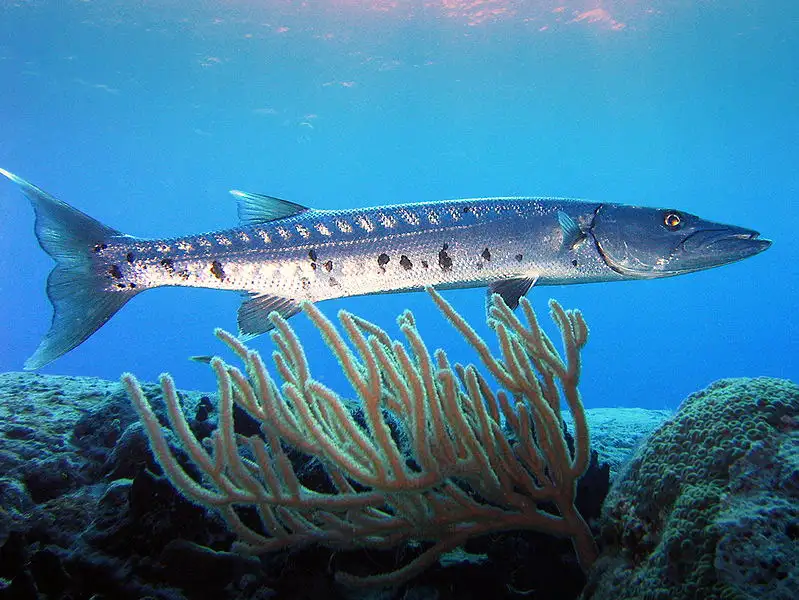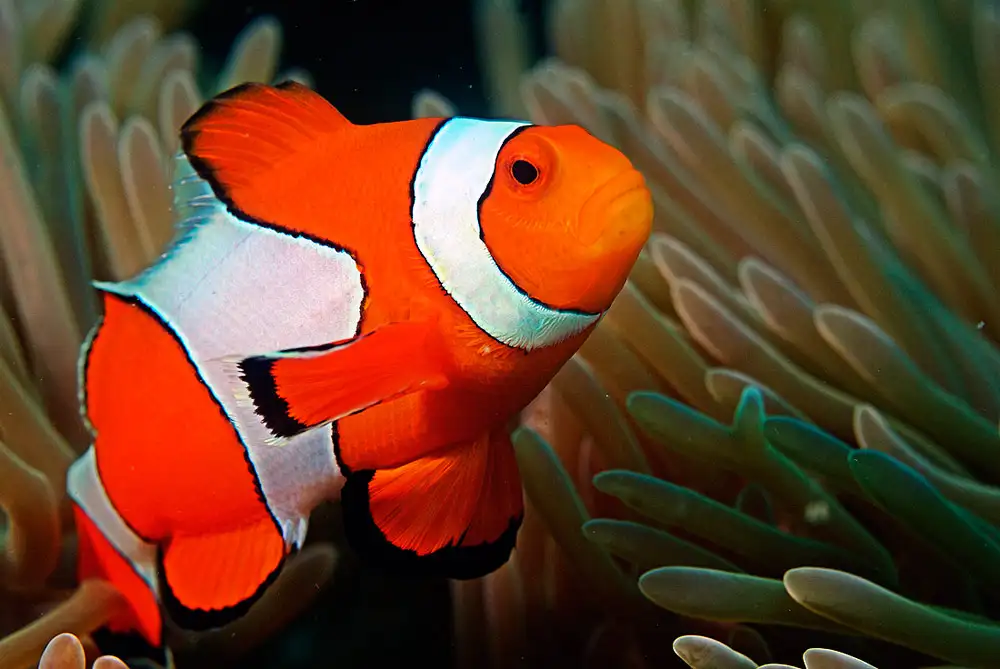
Amphiprioninae (Clownfishes · Group overview)
Amphiprioninae (genus Amphiprion; some systems merge Premnas into Amphiprion)
Amphiprioninae—the clownfishes/anemonefishes—is a subfamily of Pomacentrid···

Pterois volitans (Red Lionfish)
Pterois volitans
Pterois volitans—the red lionfish—is a scorpionfish (family Scorpaenidae) ···
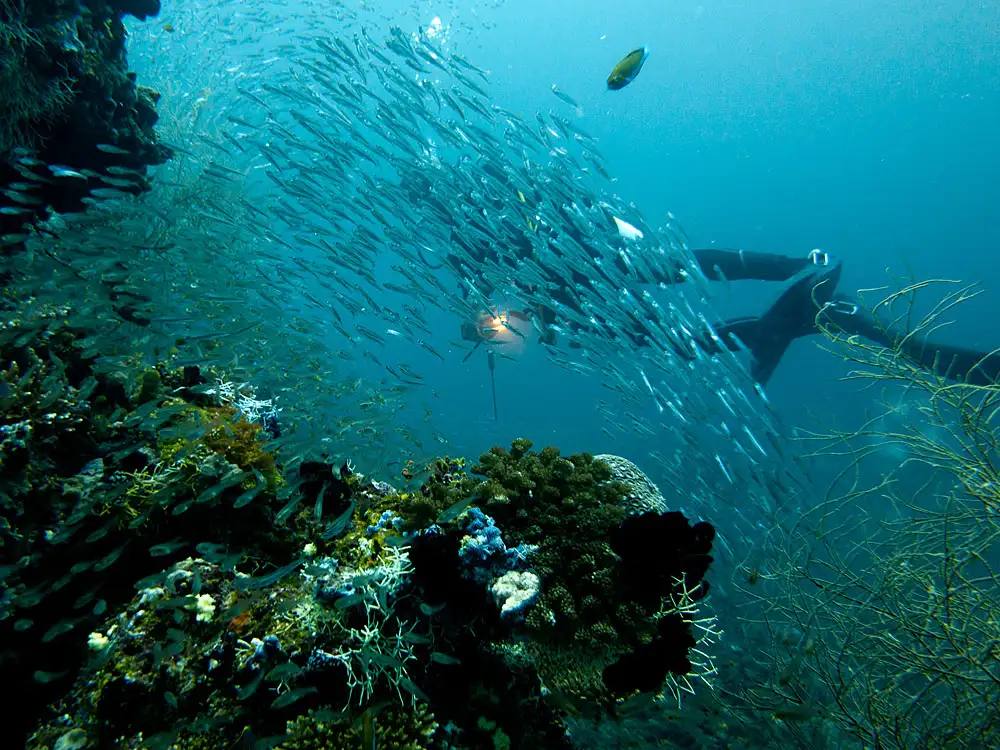
Sardine (group overview)
Clupeidae (notably Sardina, Sardinops, Sardinella)
Sardines are small, schooling, oily fishes of the family Clupeidae, notably ···
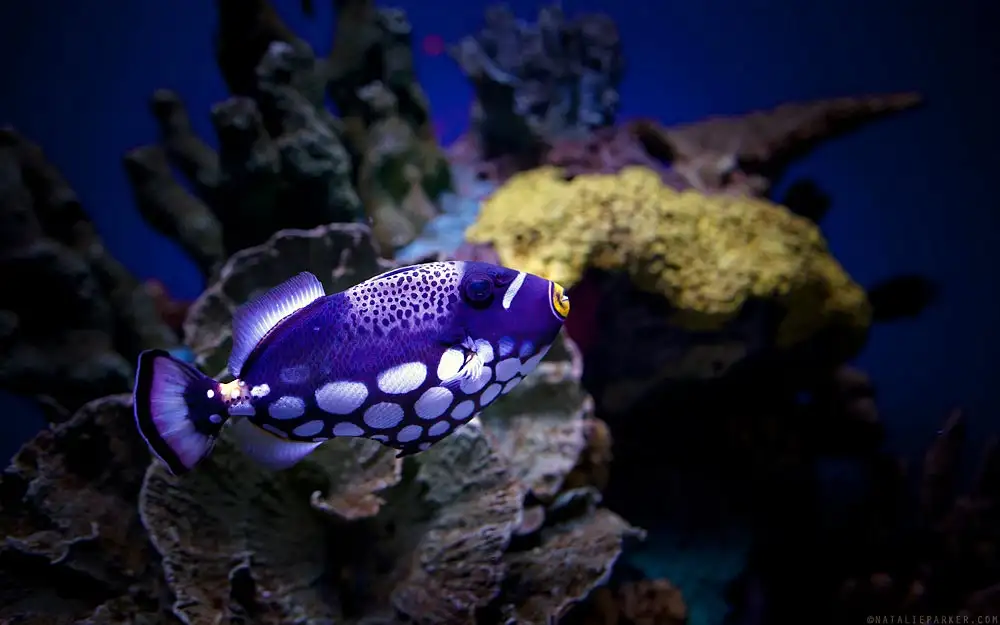
Balistoides conspicillum (Clown Triggerfish)
Balistoides conspicillum
Balistoides conspicillum—the clown triggerfish—is a member of the Balistid···
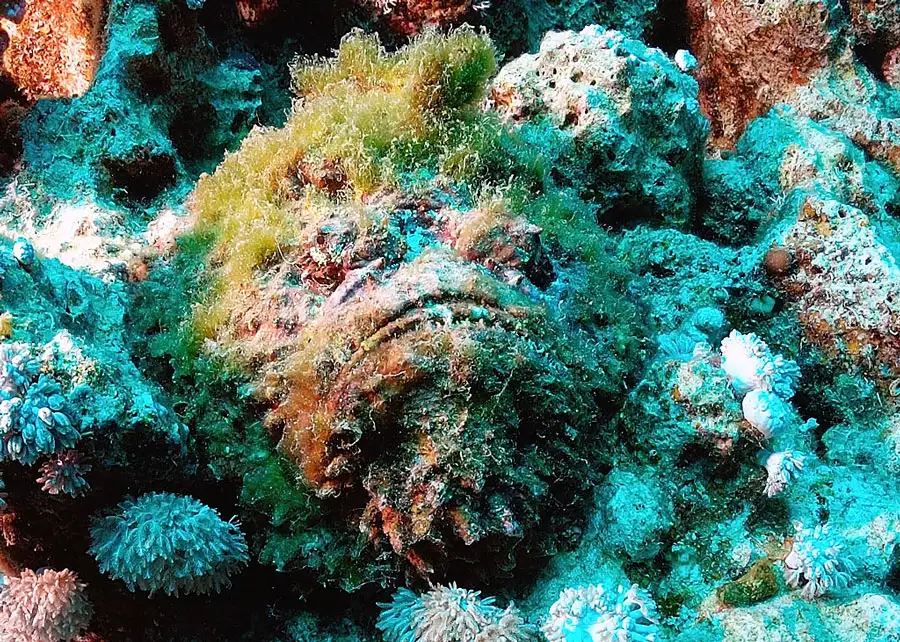
Reef Stonefish
Synanceia verrucosa
The reef stonefish (Synanceia verrucosa) is a member of the Synanceiidae and···
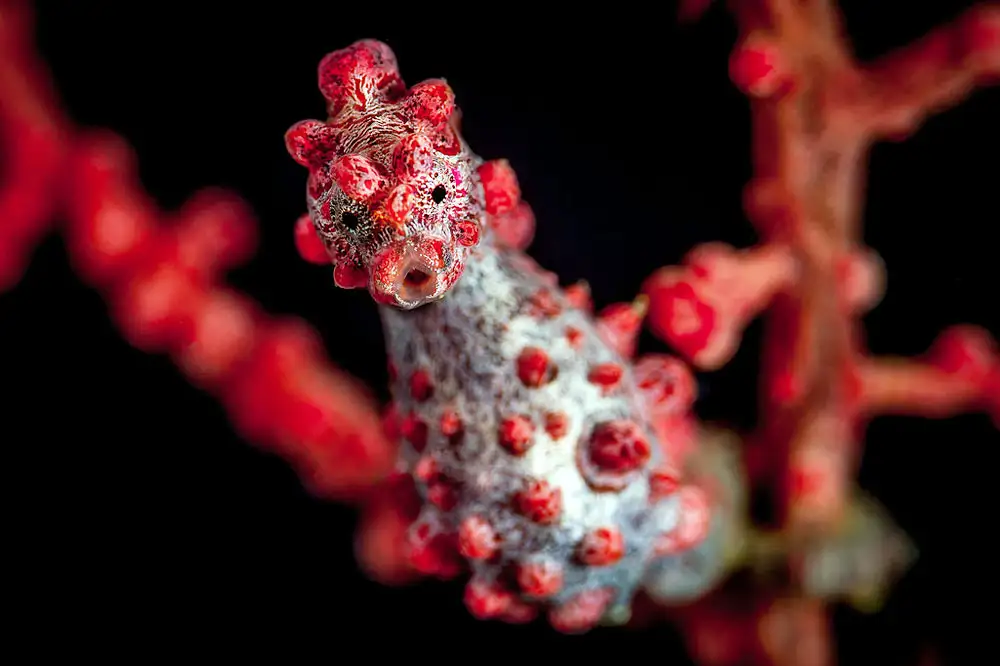
Pygmy seahorse (group overview)
Hippocampus (pygmy complex)
Pygmy seahorses are miniaturised Hippocampus noted for extreme crypsis and m···
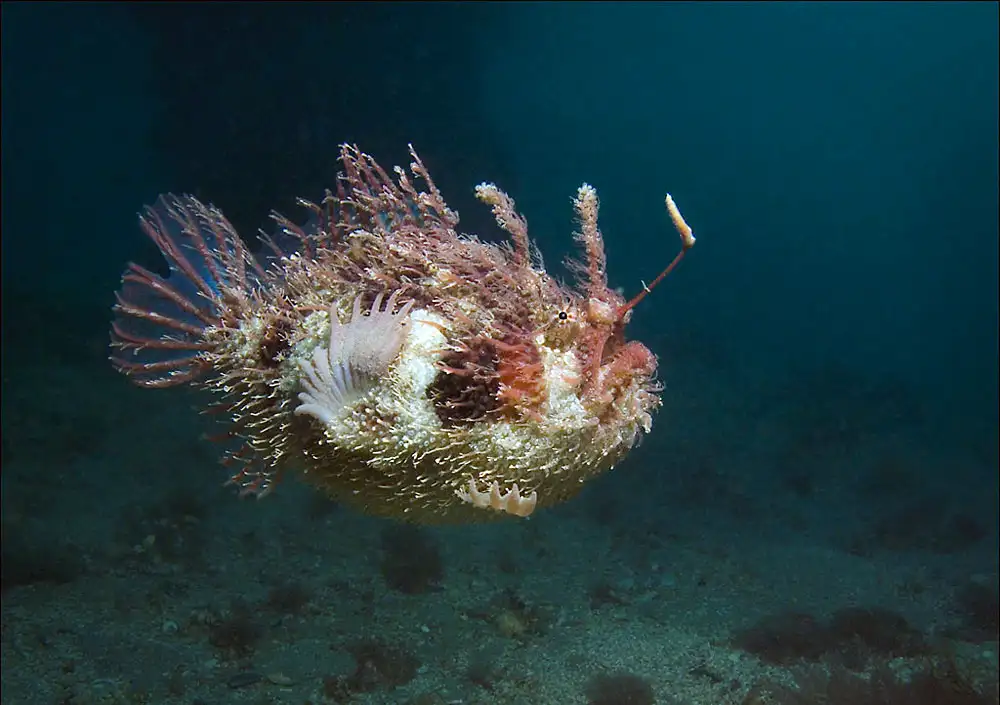
Yellow Goosefish / Japanese Anglerfish
Lophius litulon
Lophius litulon—the yellow goosefish (Japanese anglerfish)—is a large deme···
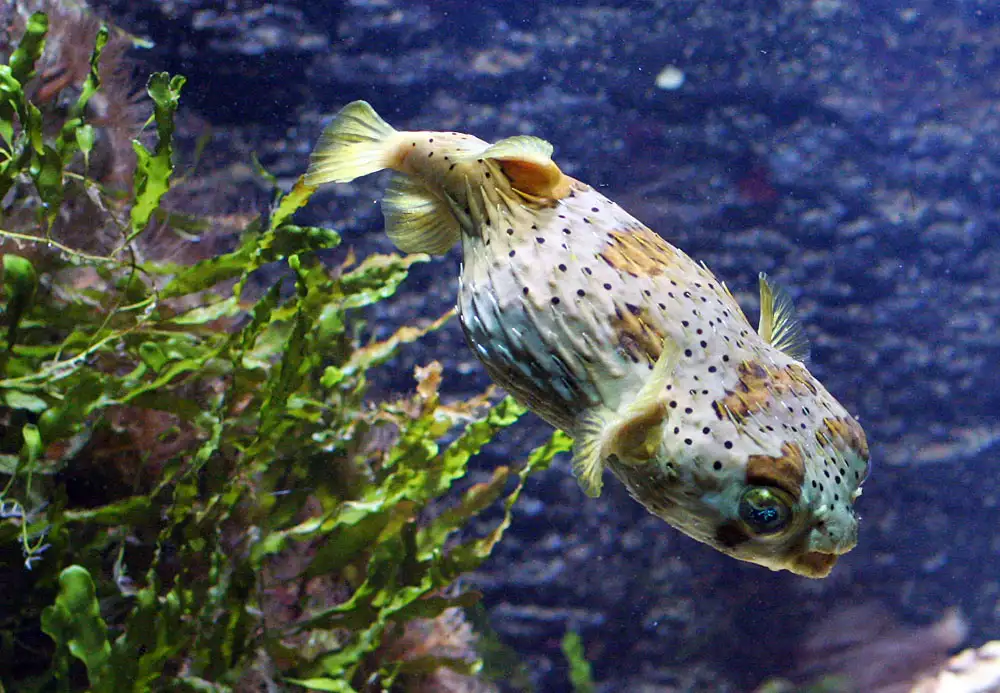
Spot‑fin Porcupinefish
Diodon nicthemerus
Diodon nicthemerus—the spot‑fin porcupinefish (also called slender‑spined···
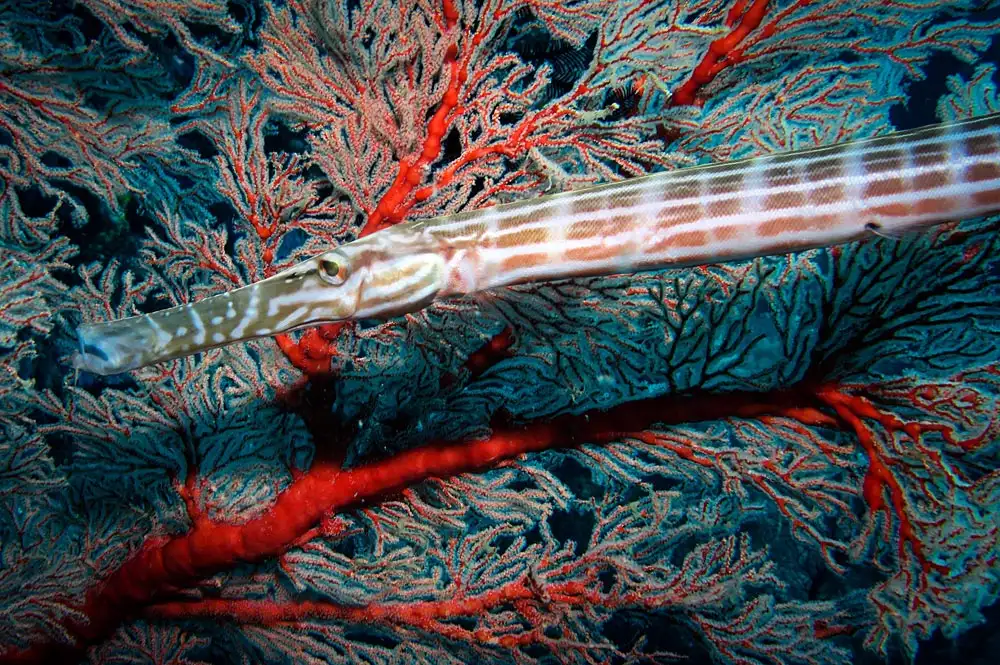
Atlantic Trumpetfish
Aulostomus maculatus
Aulostomus maculatus—the Atlantic trumpetfish—belongs to the family Aulost···
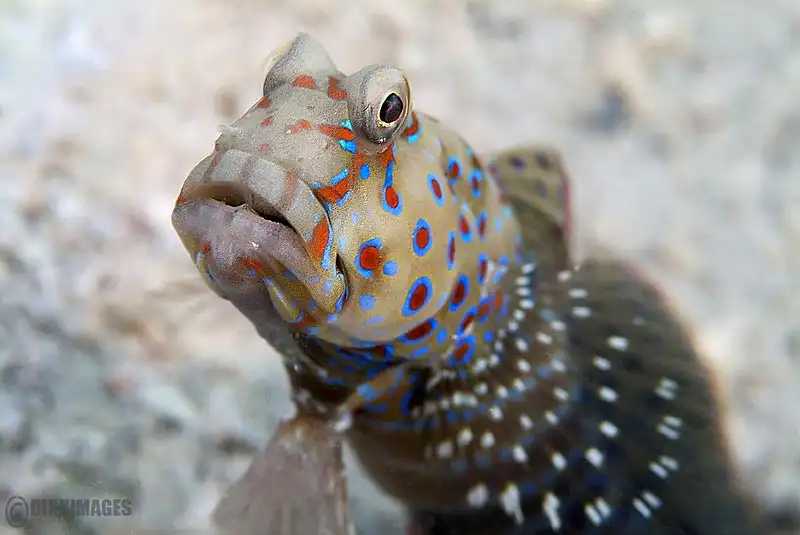
Prawn goby (shrimp‑goby symbiosis · overview)
Gobiidae (symbiotic shrimp‑goby clade: Amblyeleotris, Cryptocentrus, Stonogobiops)
Prawn goby is a vernacular for gobies that live in mutualistic symbiosis wit···
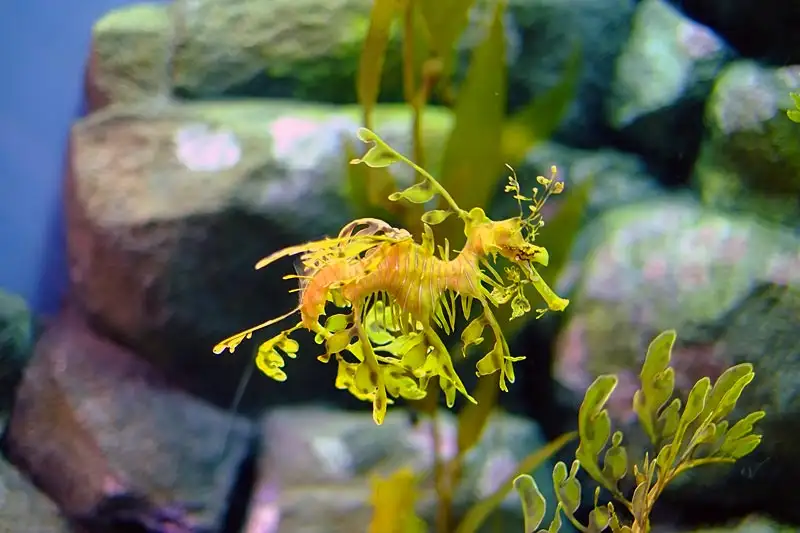
Leafy Seadragon
Phycodurus eques
The leafy seadragon (Phycodurus eques) is a member of the Syngnathidae (seah···
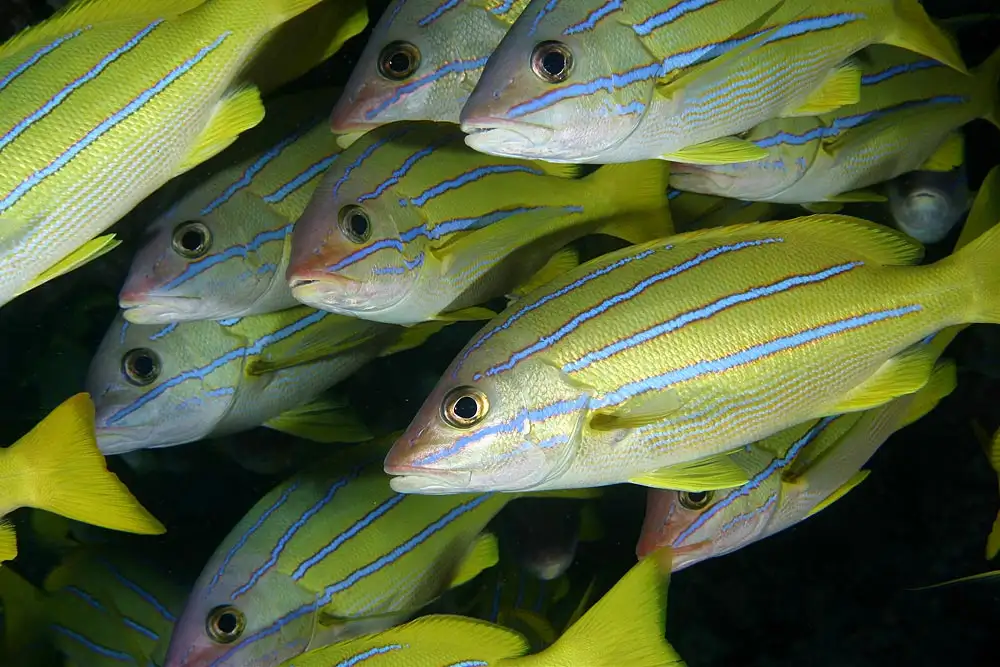
Lutjanus quinquelineatus (Five‑lined Snapper)
Lutjanus quinquelineatus
Lutjanus quinquelineatus—the five‑lined snapper—is a common Indo‑Pacific···
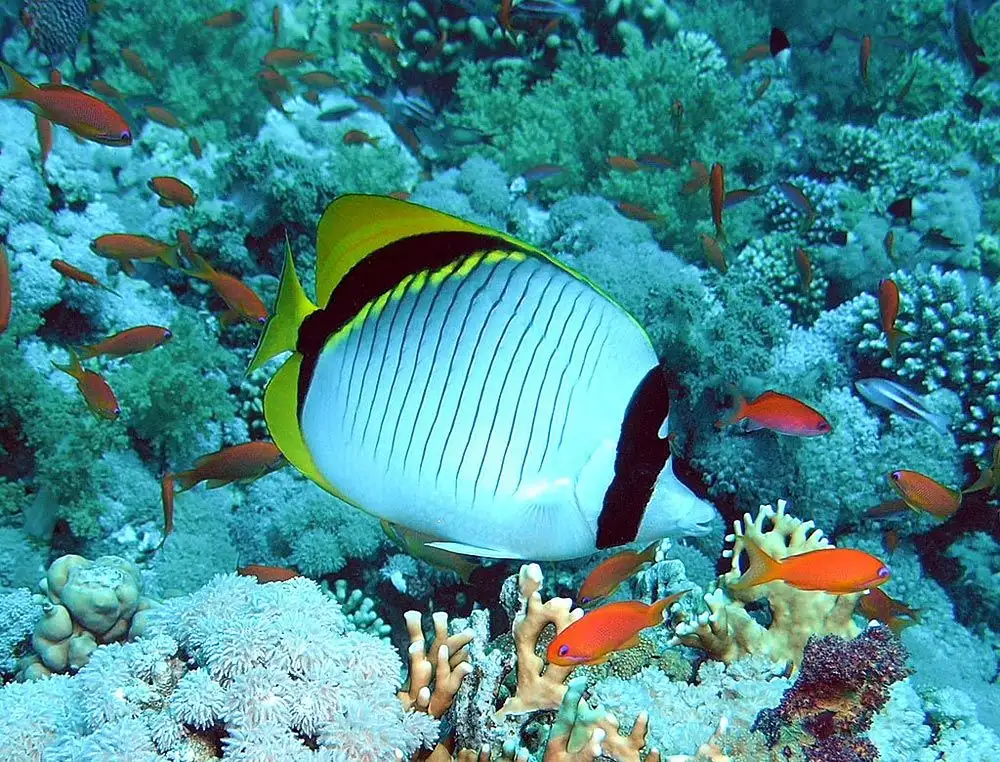
Chaetodontidae (Butterflyfishes · Family Overview)
Chaetodontidae
Chaetodontidae—the butterflyfishes—are among the most conspicuous reef ind···
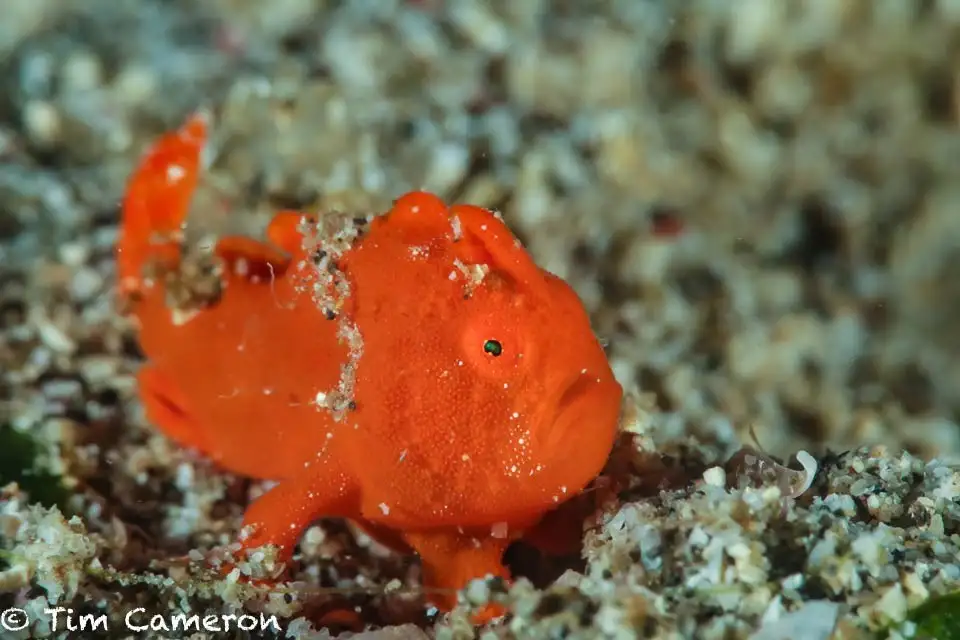
Antennarius (Frogfishes · Genus Overview)
Antennarius
Antennarius—the frogfishes—belongs to the family Antennariidae and epitomi···
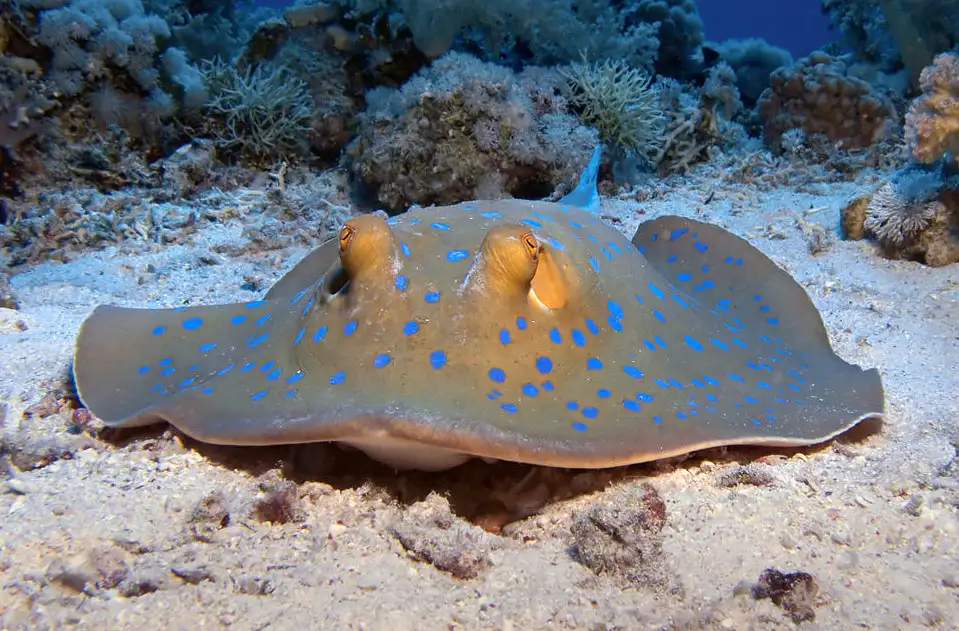
Rajiformes (Skates · Order Overview)
Rajiformes
Rajiformes—in modern usage typically referring to the skates within the bat···
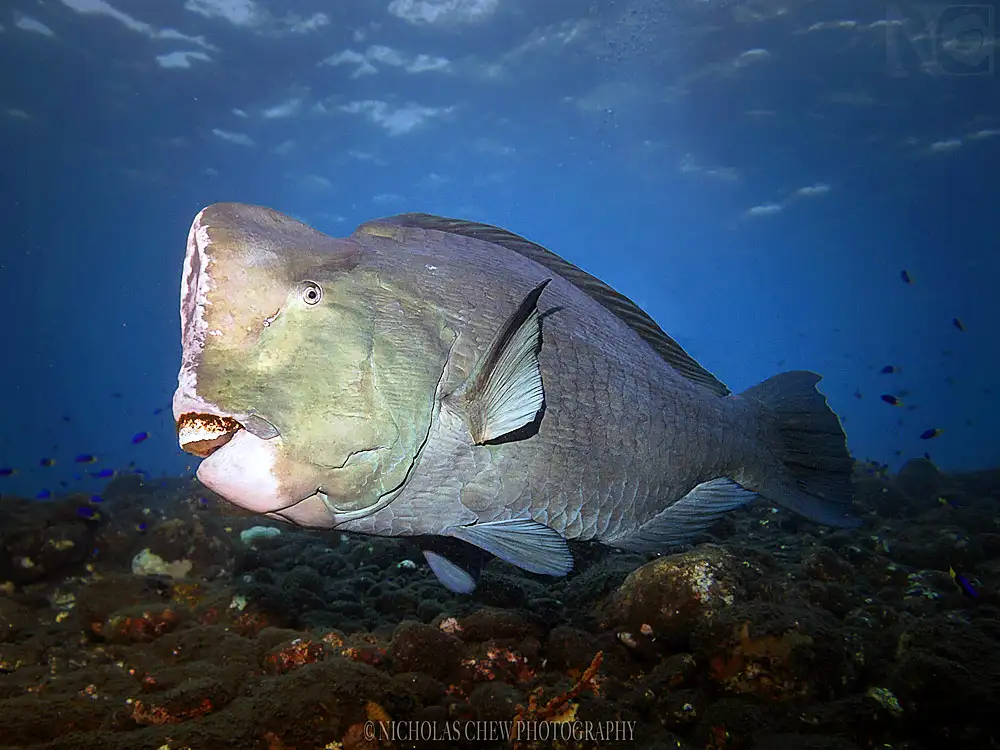
Bolbometopon muricatum (Bumphead Parrotfish)
Bolbometopon muricatum
Bolbometopon muricatum—the bumphead parrotfish—is the world’s largest par···
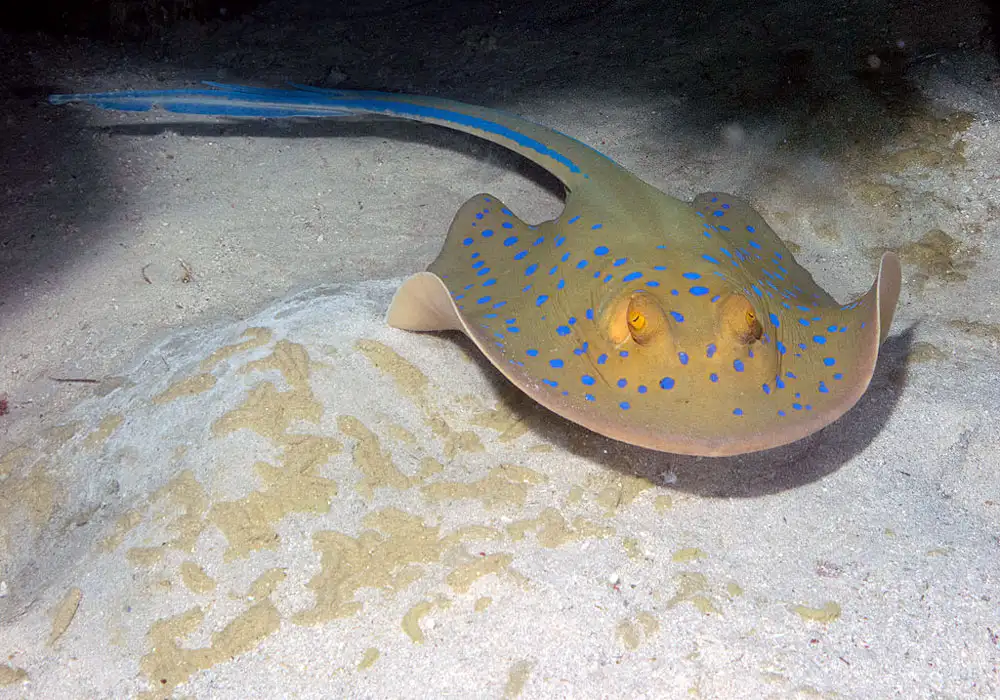
Japanese Red Stingray (Hemitrygon akajei|syn. Dasyatis akajei)
Hemitrygon akajei (syn. Dasyatis akajei)
The Japanese red stingray (Hemitrygon akajei; historically Dasyatis akajei) ···
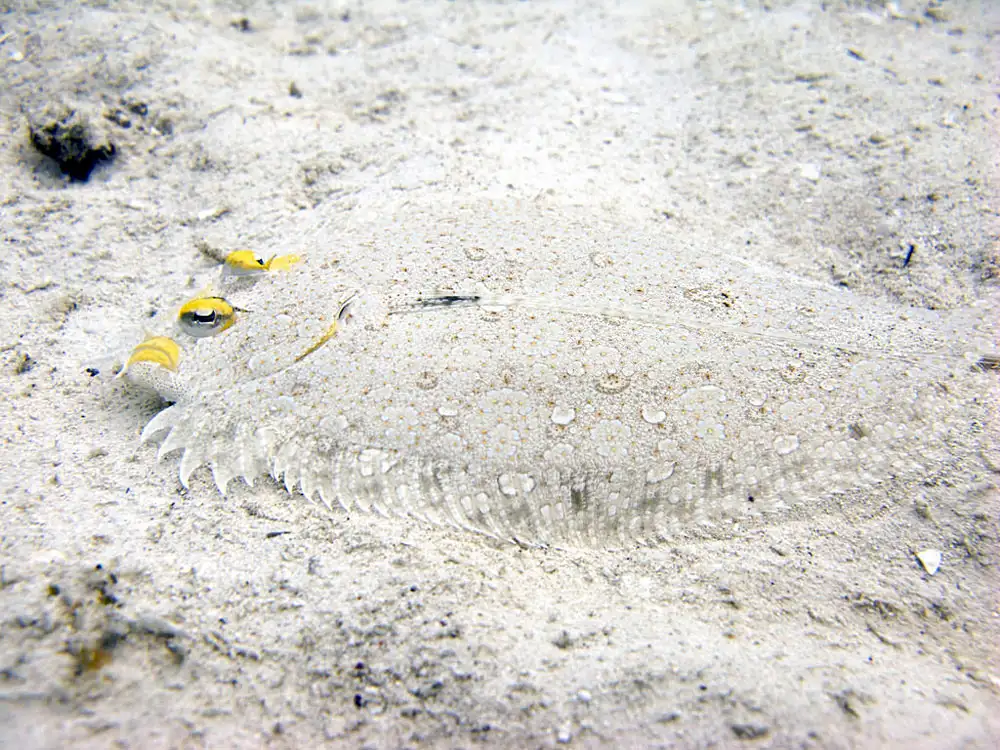
Pleuronectiformes (Flatfishes · Order Overview)
Pleuronectiformes
Pleuronectiformes—the flatfishes (flounders, soles, turbots, halibuts)—are···
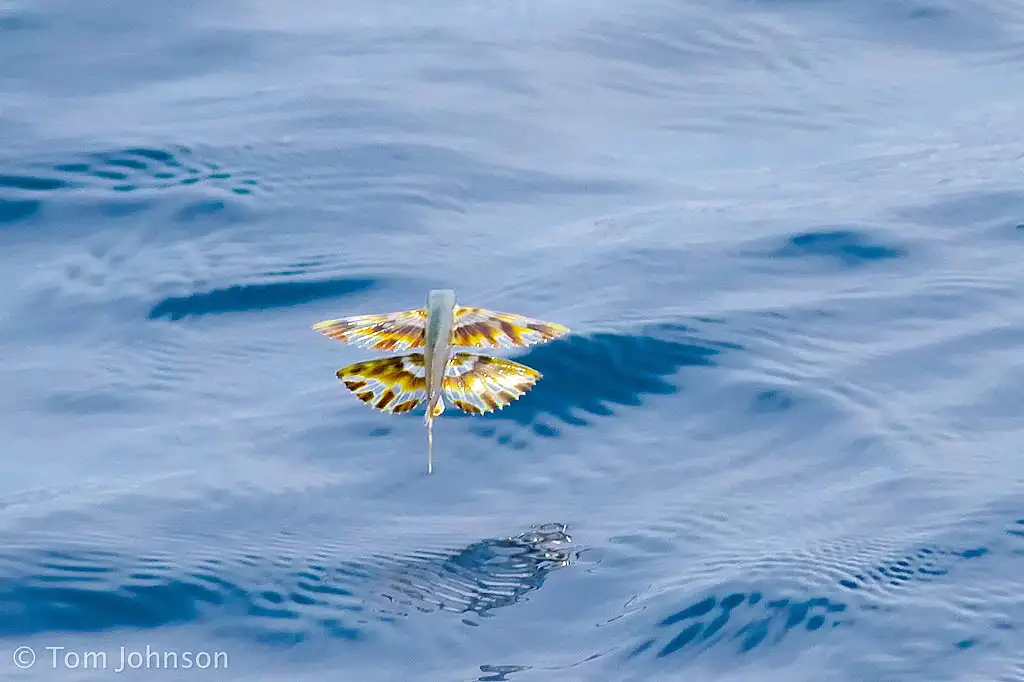
Exocoetus volitans
Exocoetus volitans
Exocoetus volitans—a widespread flyingfish of the family Exocoetidae—is am···
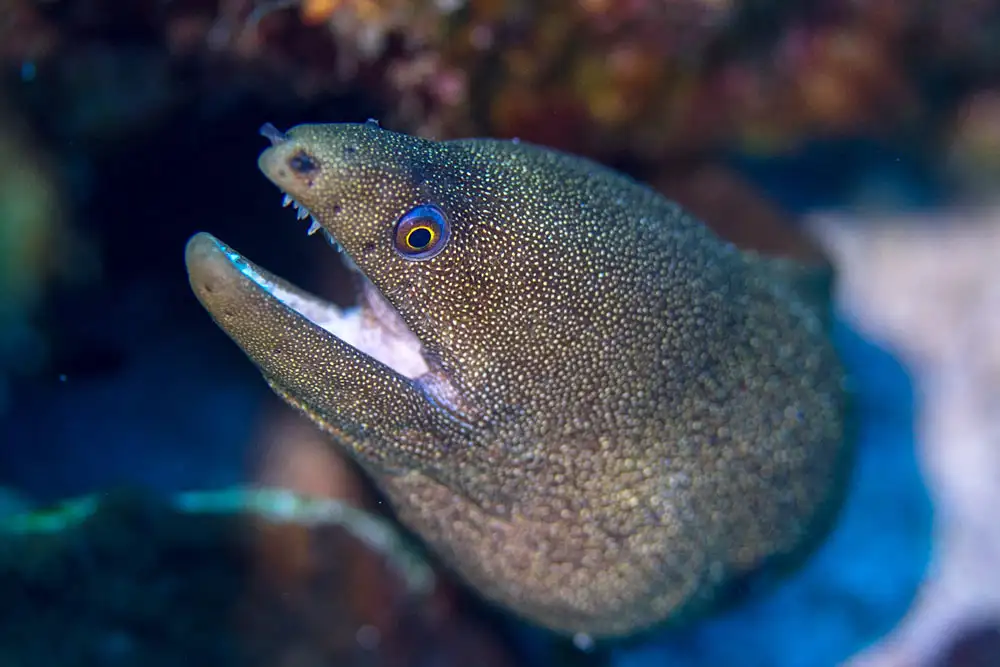
Echidna nebulosa (Snowflake Moray)|syn. Muraena pardalis
Echidna nebulosa (syn. Muraena pardalis)
Echidna nebulosa—the snowflake moray—is a crushing‑toothed muraenid speci···

